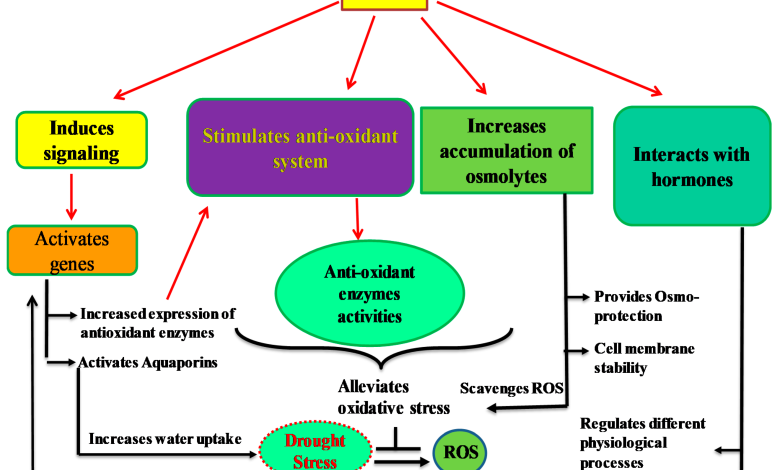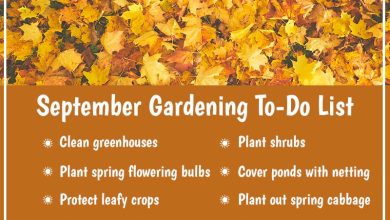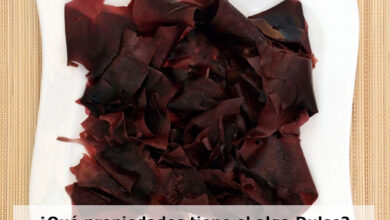Zinc in Plants: [Uses, Advantages and Application]

 Zinc is part of the family of micronutrients that plants need for their development and health to be in optimal conditions.
Zinc is part of the family of micronutrients that plants need for their development and health to be in optimal conditions.
It is considered a micronutrient because the requirement of plants with respect to it is low, which leads to very few cases of deficiency.
However, it is important to have the relevant information at hand so that you know what to do if a plant needs this component.
And that, added to the benefits that are obtained when the levels are correct, is what we will be talking about today.
What is zinc?
Zinc is an element present in the environment that plays a very important role in the development and health of plants.
Although it is a static type nutrient (meaning that it does not move within the plant), it is vital for the performance of many functions.
One of the most important points has to do with resistance, which is present both in low temperatures and when fighting pests and diseases.
The good news is that plants need it in very low amounts and both deficiency and excess of zinc in the cell structure are rare.
Why does zinc help a plant grow?
 The function of zinc is to help the plant produce chlorophyll.
The function of zinc is to help the plant produce chlorophyll.
The leaves become discolored when the soil is deficient in zinc and plant growth is stunted.
Zinc deficiency causes a type of leaf discoloration called chlorosis, which causes the tissue between the veins to turn yellow while the veins remain green. Chlorosis in zinc deficiency usually affects the base of the leaf near the stem.
Chlorosis first appears on the lower leaves and then gradually moves up the plant.
In severe cases, the upper leaves become chlorotic and the lower leaves turn brown or purple and die. When plants show such severe symptoms, it is best to pull them up and treat the soil before replanting.
What factors influence crop response to zinc fertilization?
The pH of the soil is one of the main elements that influence the response of crops to the presence of zinc.
Normally, the absorption capacity is greater when the soil has a low pH.
In order to safely determine all the conditions that influence this issue, it is best to proceed with a soil study.
When applying fertilization, the most recommended by experts in the field is to use fertilizers rich in micronutrients.
These fertilizers contain adequate levels of zinc and the other compounds that will prevent a deficiency of any of them from occurring.
Another important detail regarding the soil is that zinc has a greater presence in soils of sandy consistency than in those of clay consistency.
This condition is due to the retention capacity of clay.
Finally, there is the interaction with other nutrients, since high levels of phosphorus, iron and manganese in the soil negatively impact the absorption of zinc.
What is the zinc content in the soil?
The substrate naturally contains zinc and it is considered normal for this amount to be between 0.10 and 0.20 ppm.
In the case of plants, the most common is that the leaf tissue presents a range between 15 and 60 ppm.
What benefits can a soil rich in zinc have?
The presence of correct levels of zinc in the substrate will bring the proper functioning of the internal processes of the plants as its main benefit.
Naturally, zinc does not act directly on all of them, but it does play a leading and determining role in issues such as:
- The synthesis of proteins that plants are not capable of working on their own, thus improving their health and vitality.
- Improves the state of chlorophyll, allowing it to be of higher quality and better distributed throughout all tissues.
- It helps the starches contained inside to turn into sugar.
- It is decisive when plants have to face low temperatures, increasing resistance levels.
- Strengthens the structure and size of the stem.
What are the disadvantages of an excess of zinc?
As we have already seen, zinc is an element that is found in very low quantities in the substrate and, therefore, an excess is very unlikely.
In any case, it is necessary to be attentive to the symptoms that the plants could present in the event that it occurs. These are:
- The root system of the plant begins to notice reduced.
- As it acts in the process of chlorophyll production, the leaves can be chlorotic or with necrotic tips.
- It impacts the correct growth of the plant.
- It is capable of preventing other important nutrients, such as phosphorus, from being properly absorbed by the plant.
If it is determined that there is an excess of zinc, it will be necessary to study all the elements that come together in the planting and that may contain zinc.
The soil and irrigation water would be the first focal points, but it is necessary to know that some fertilizers can also contain it.
What crops benefit most from the presence of zinc in the soil?
The crop that most appreciates the presence of good levels of zinc in the soil is corn.
This is a preference that is also shared by some other cereals such as wheat and rice.
As for fruit trees, it is essential to achieve good results in the harvest of peach, apple and avocado.
How do we detect deficiency or lack of zinc in our crops?
Zinc deficiency is a symptom that will begin to be noticed in the new leaves and are variable depending on each cultivated species.
However, the most common is that the leaves begin to show conspicuous conditions of chlorosis or necrotic spots.
In the case of chlorosis, this is inconsistent and is probably located around the nerves of the leaves.
Necrosis, on the other hand, begins its appearance from the edges or from the tip of the leaves.
There are cases in which the shape and size of the leaves are affected, being noticeable much smaller than the oldest leaves.
Blooming can also be impaired because buds are spawned in smaller numbers.
Although it is not one of the most decisive nutrients when it comes to nourishing a plant, zinc cannot be ignored in fertilizations.
To avoid overlooking it, it is best to plan the types of fertilization to apply and the levels that these will have of each nutrient.
Can zinc be toxic to plants?
Zinc toxicity is dependent on pH, which controls the concentration of zinc in solution. High concentrations of zinc can cause toxicity in plants.
General symptoms are shoot stunting, curling and rolling of young leaves, death of leaf tips and chlorosis.
What effects does zinc have on seed germination?
Zinc is an essential nutrient for plant growth, although high concentrations resulted in growth inhibition and toxicity symptoms. Does not affect seed germination , but aids in plumule and radicle development.
Where can we find zinc?
Zinc is found in most water-soluble fertilizers in proportions that should prevent its deficiency, unless the fertilizer is not applied.
Single element fertilizers such as zinc sulfate, zinc ammonium nitrate or chelated zinc can be applied; however, it is best to use a complete micronutrient fertilizer to avoid nutrient imbalances that could lead to deficiencies of other micronutrients.




![Photo of Tuta Absoluta o Polilla del Tomate: [Cómo Identificarla y Combatirla]](https://www.complete-gardening.com/wp-content/uploads/2022/08/tuta-absoluta-o-polilla-del-tomate-como-identificarla-y-combatirla.jpg)